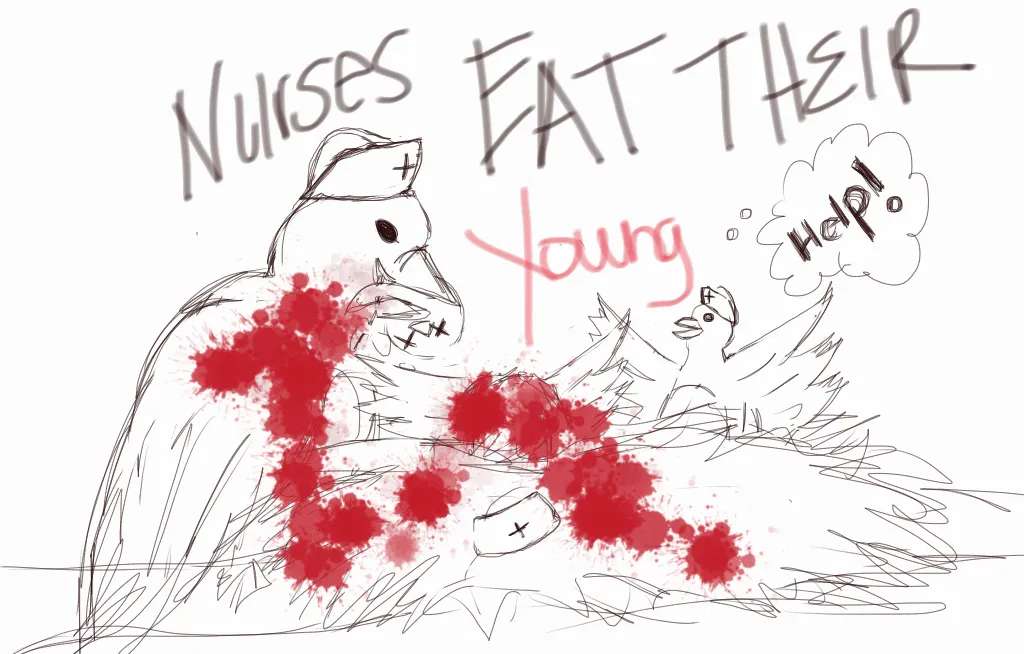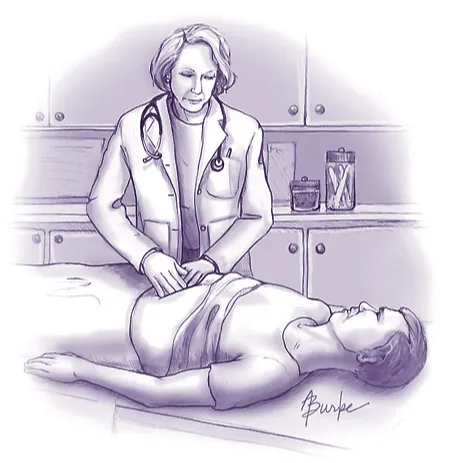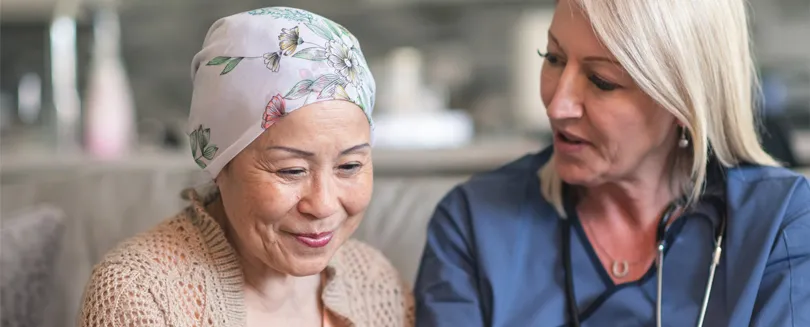Cpr Journal of Nursing

Saving Flatlines Through Mechanical Resuscitation
Tags: Cardiac Amyloidosis cardiac arrest cpr heart disease
Introducing the new Lucas device, which provides mechanical resuscitation, allowing for better patient outcomes during a cardiac arrest.
Read More →
So... How Can We Better Learn CPR?
Tags: cpr Nurse Education
An essay on how I think teaching CPR for the benefit of the science of CPR is more valuable than having nurses learn CPR online followed by manikin practice thereafter.
Read More →
Teach Your Children CPR
Tags: adolescents children cpr teaching
CPR is a skill most anyone including our own children can learn. It is a skill that needs to be taught in all schools. We should not underestimate our youth being able to save someone's life by performing CPR.
Read More →
Family Presence During CPR in the Emergency Department
Tags: Bedside Manner cpr critical care emergency emergency department Emergency nurse family Family Presence nurse
A descriptive survey conducted in 2000 (Myers, et al 2000) investigated attitudes and beliefs of patients’ families and ER staff members about FWR. The survey reported that 98% of patients’ families indicated that they had a right to be present and would do it and would participate in FWR again; 100% of family members said that FWR was helpful to them, and 95% said it was helpful for the patient. It also showed that 70% of professionals surveyed after their participation in FWR actually produced a higher level of “professional” behavior along with a more “professional” bedside dialog amongst the health care team. The survey also indicated that having the family in the resuscitation room prompted the staff to take the patient’s dignity, privacy, and need for pain management into greater consideration when compared to an un-witnessed resuscitation effort. (Myers, et al 2000)
Read More →Get Published for Free
Browse by Tag
advocate aging anesthesia behavior cardiac care Case Study child children clinical compassion COVID-19 critical care death diabetes disease education emergency department end of life ethical principles ethics future of nursing health health care ICU leadership medication mental health nurse Nurse Education nursing nursing education nursing ethics nursing faculty nursing school nursing students PACU patient care patient outcomes pediatric poem profession risk factors stress student nurse students teaching technology therapy treatment
Most Popular Last Month
More from RN Journal
Cross-Cultural Nursing Leadership: A Comparative Reflection On Managing Healthcare Teams In The Philippines And Abroad
The Healing Impact of Palliative Care Gerontology
Managing wounds in the home
Mythology
Clinical Profiling: Natural History of Essential Hypertension
Cortical Dynamics as a Therapeutic Mechanism for Touch Healing
Withdrawal in the Pediatric Cardiac Population
Young and Healthy in the PACU
An Effective Orientation Program is Key to Laying the Framework within a Virtual Nursing Environment









